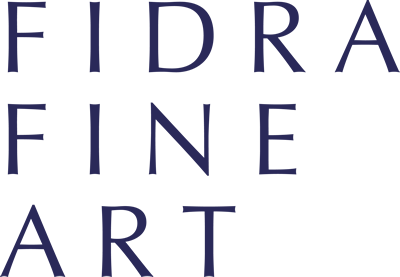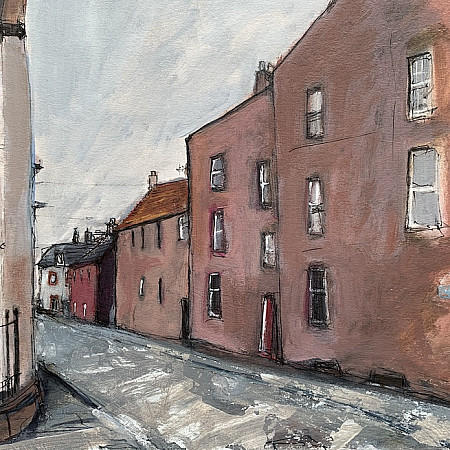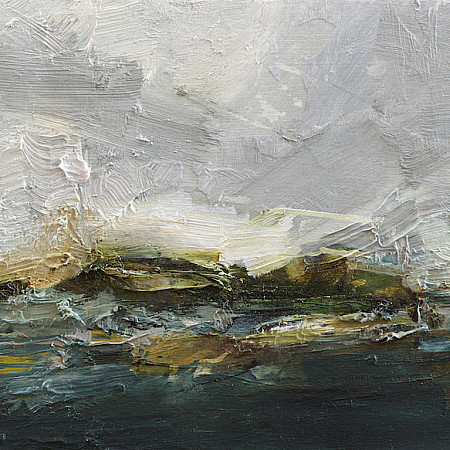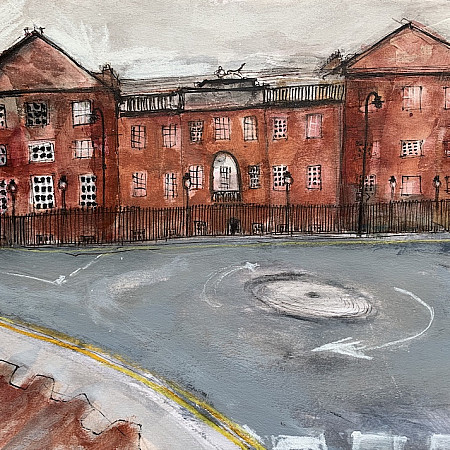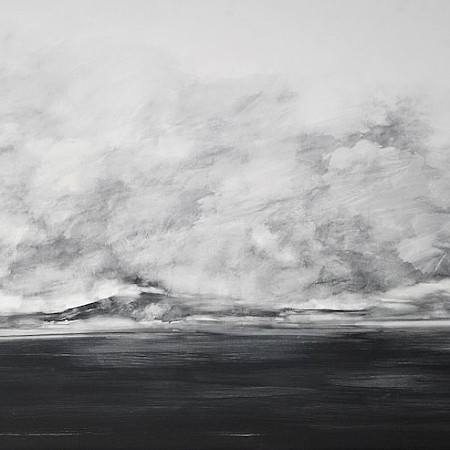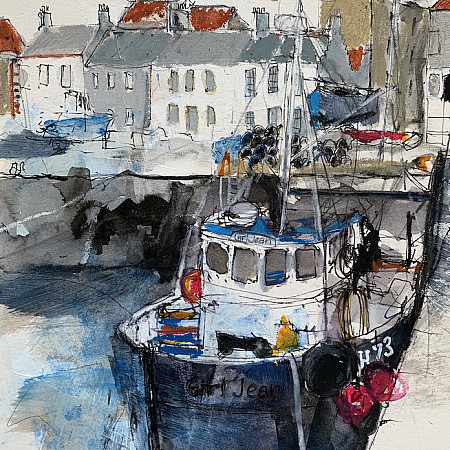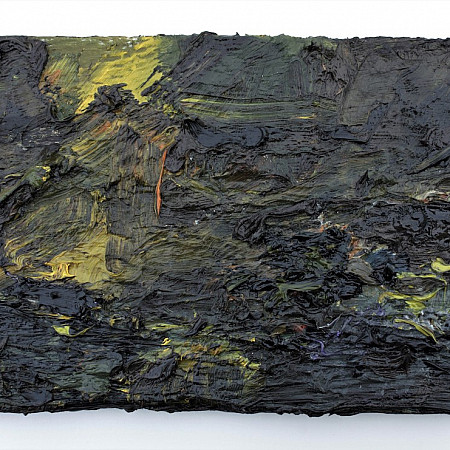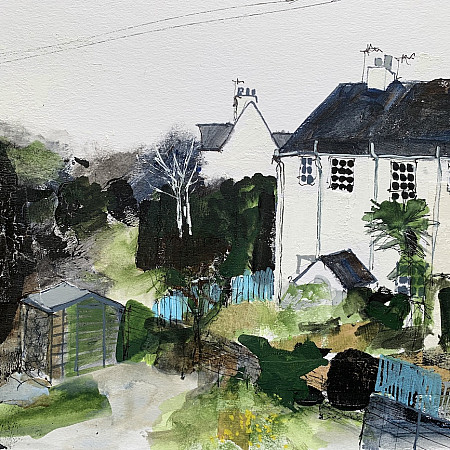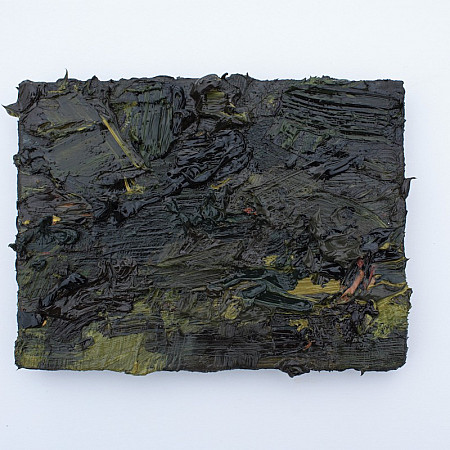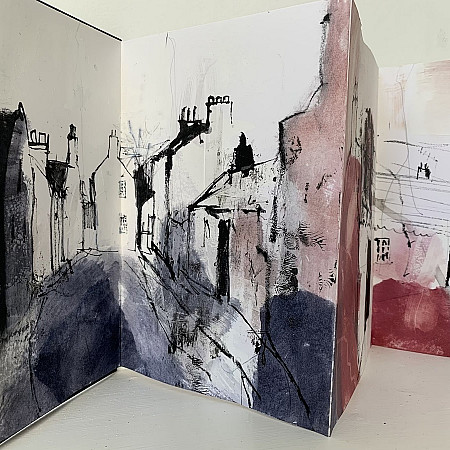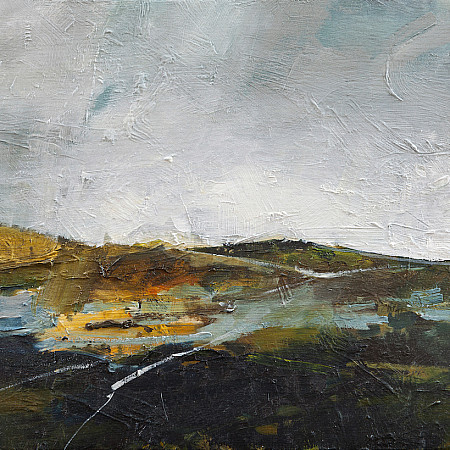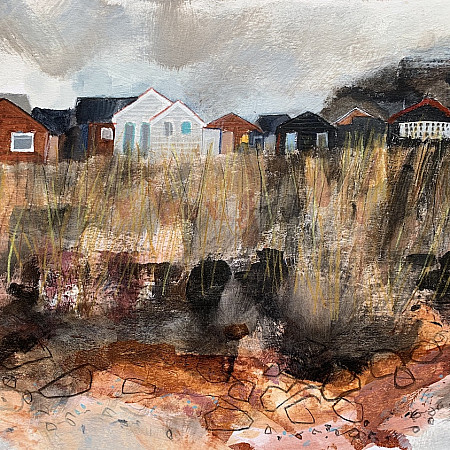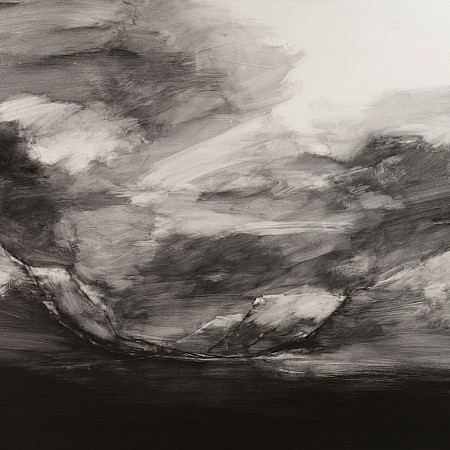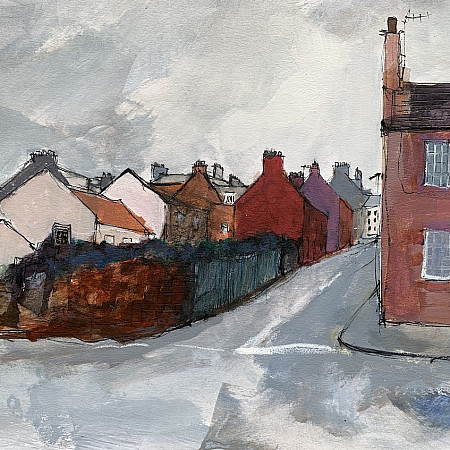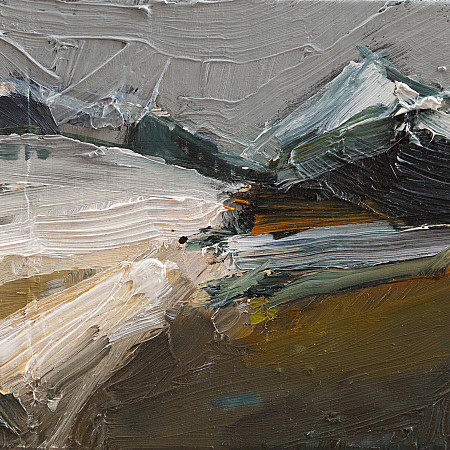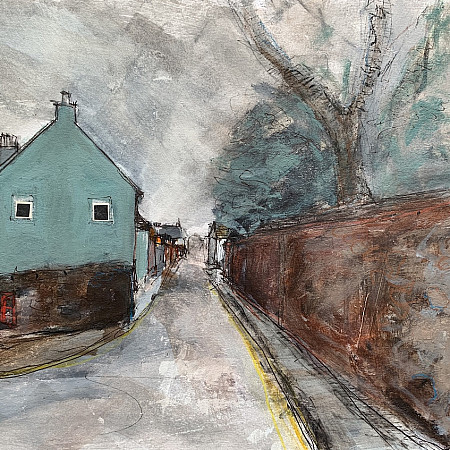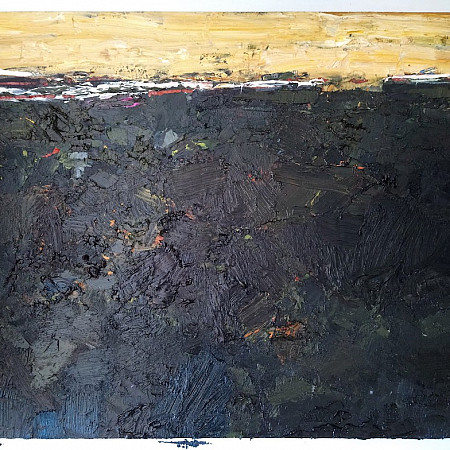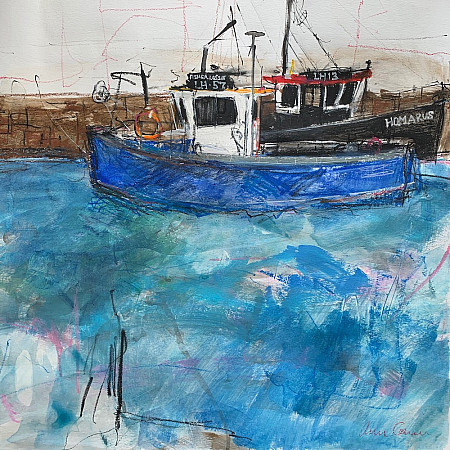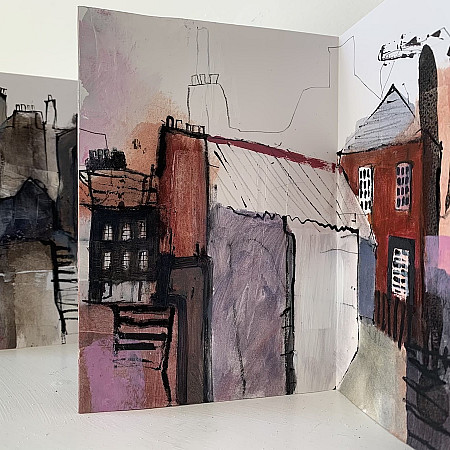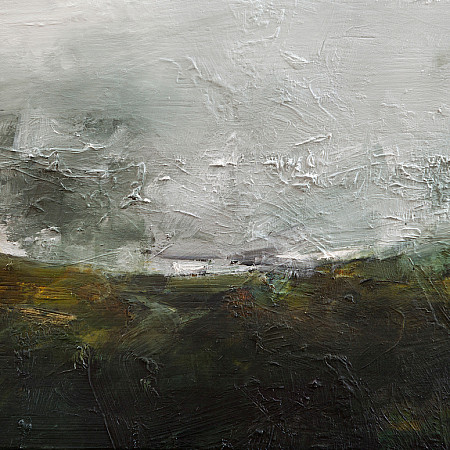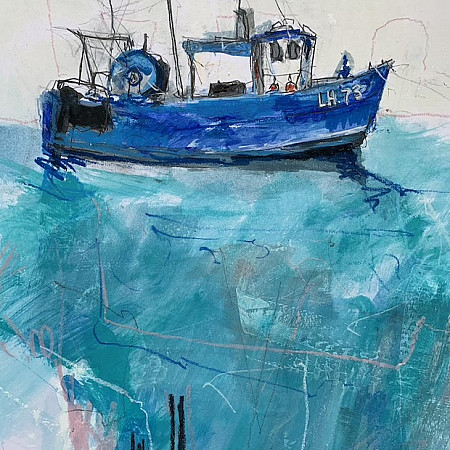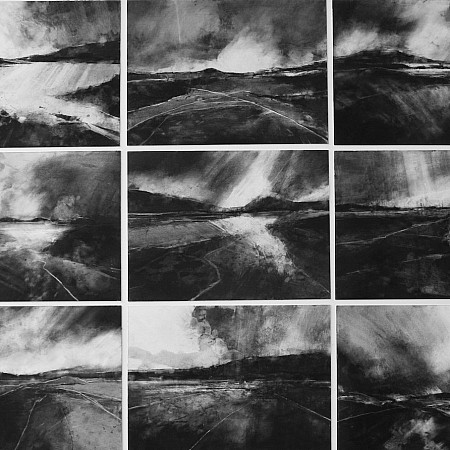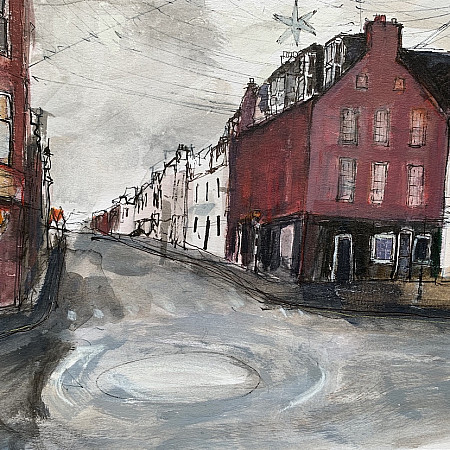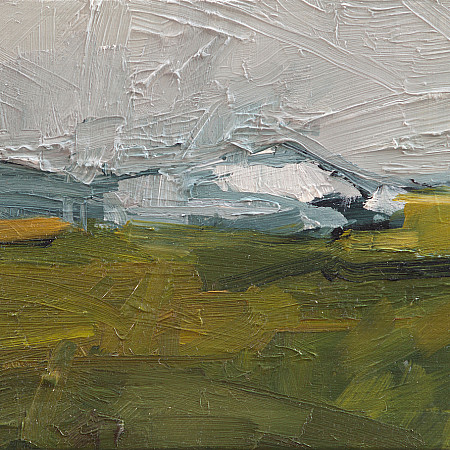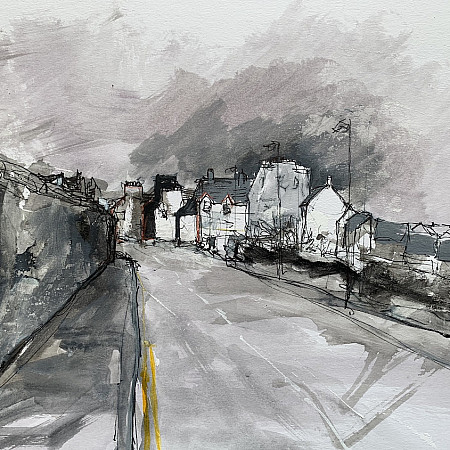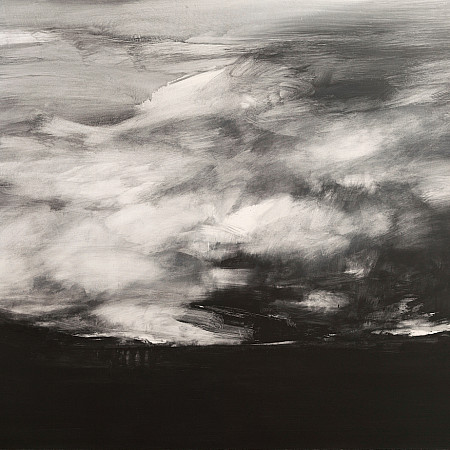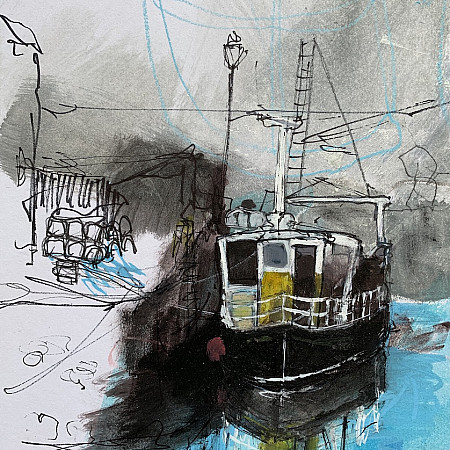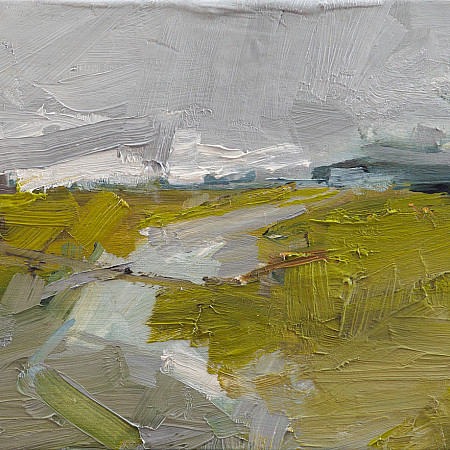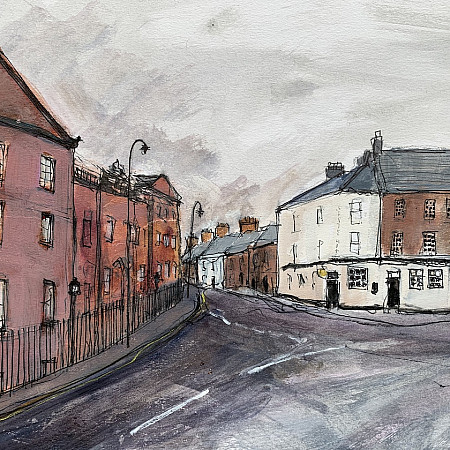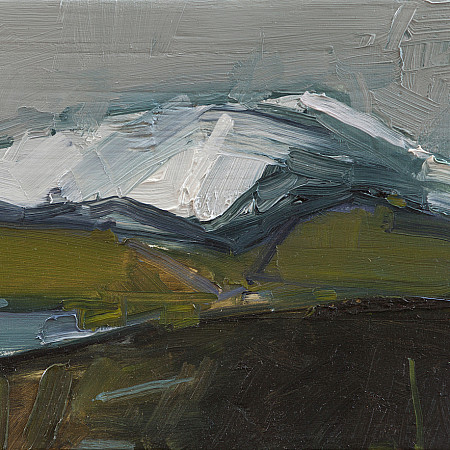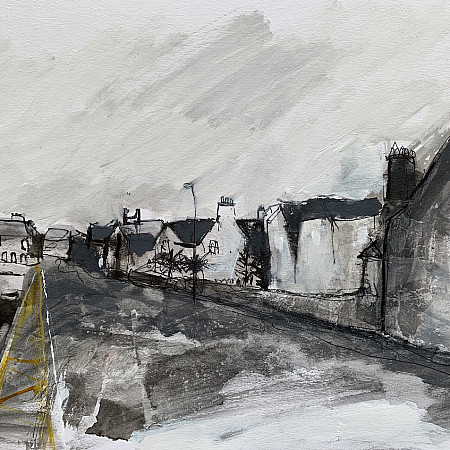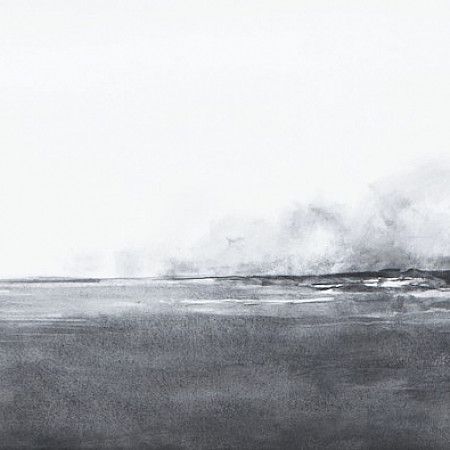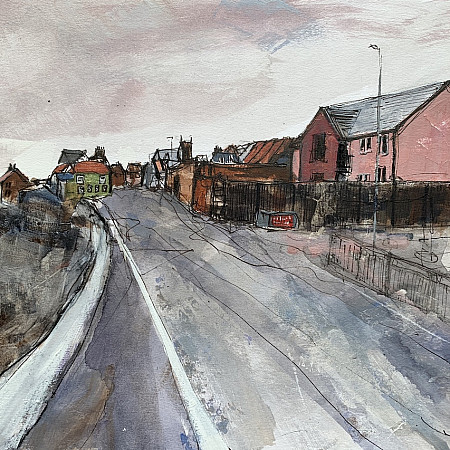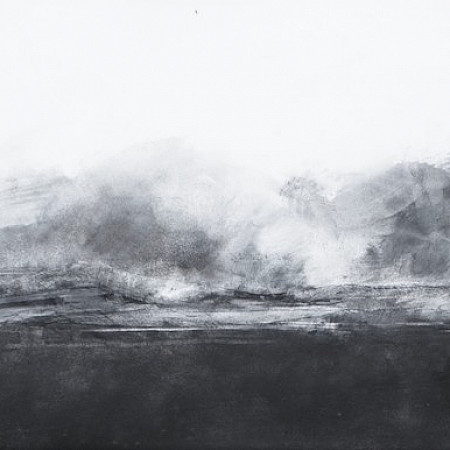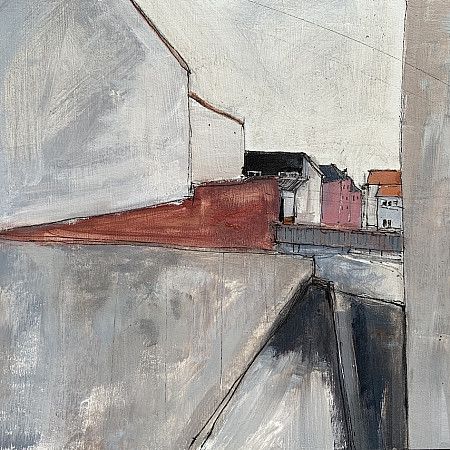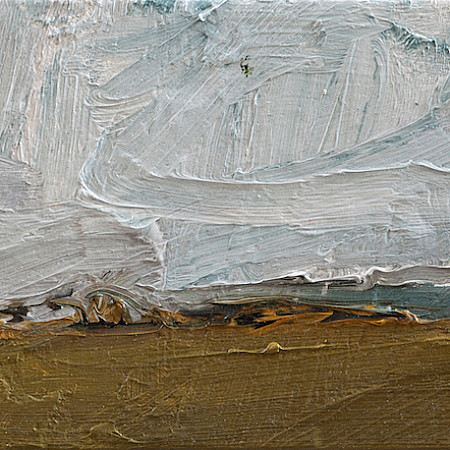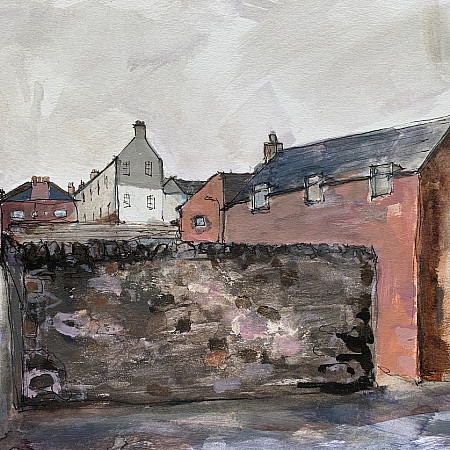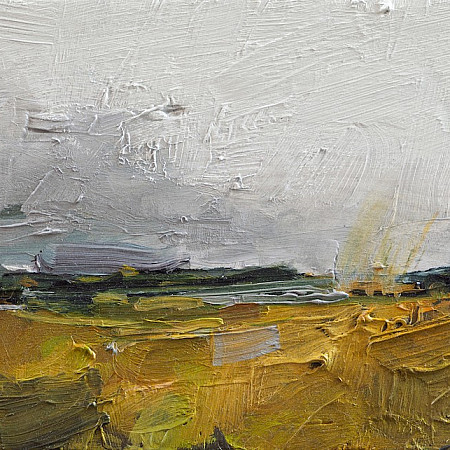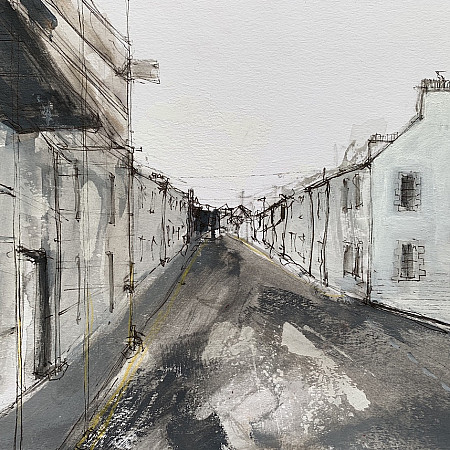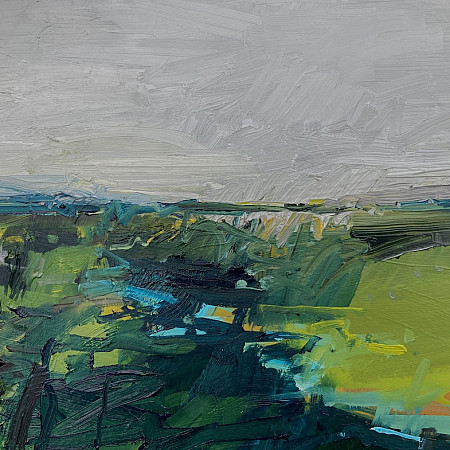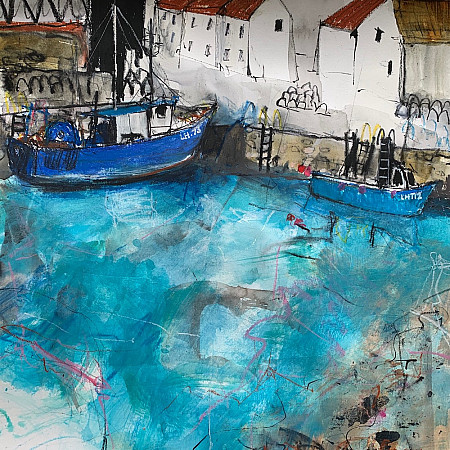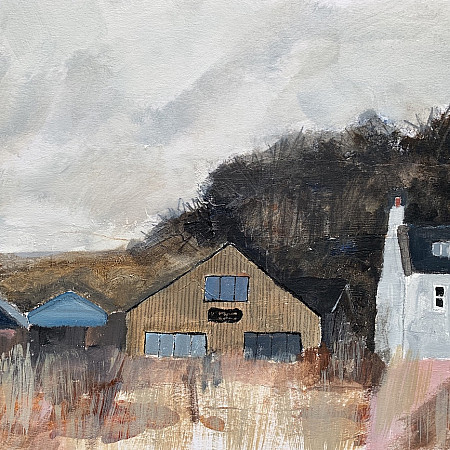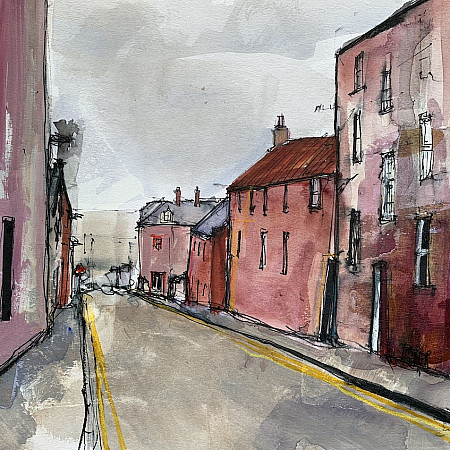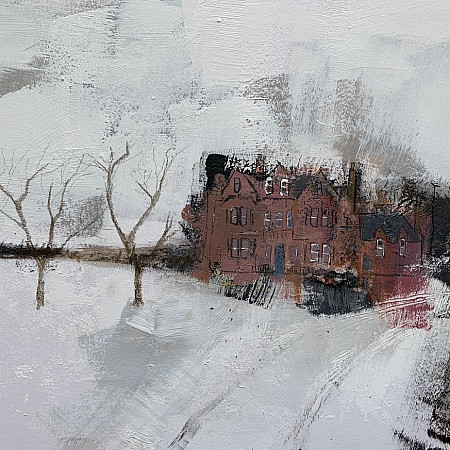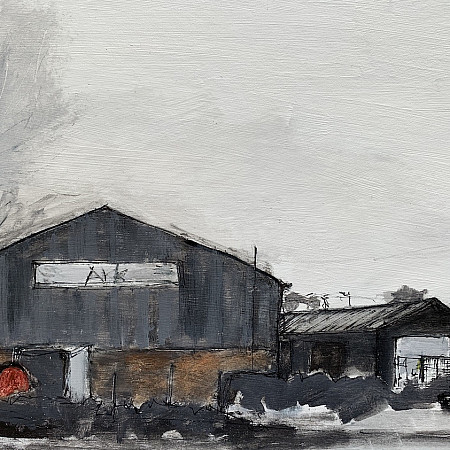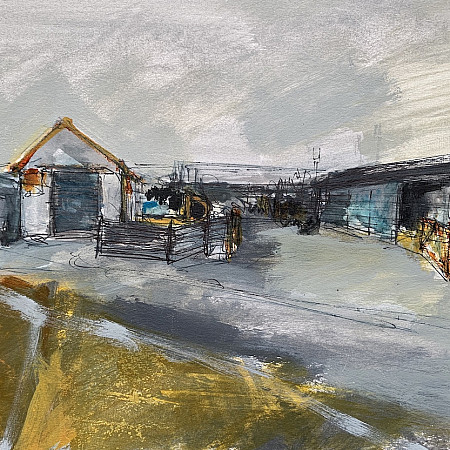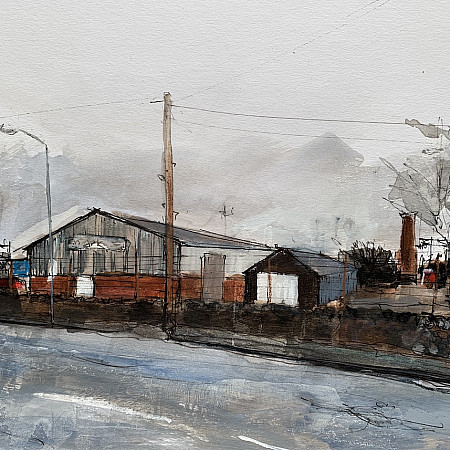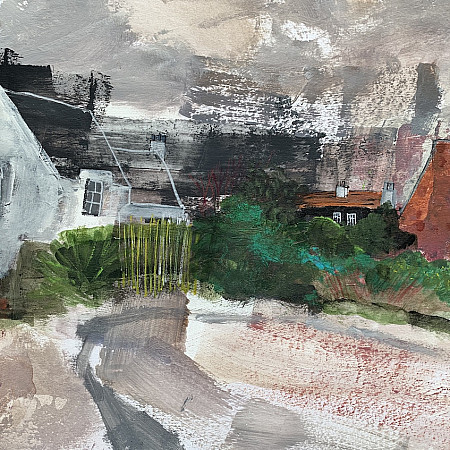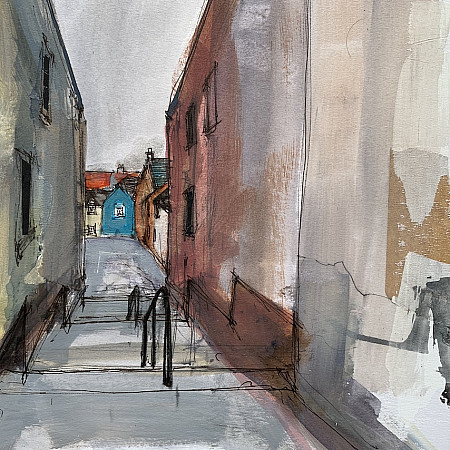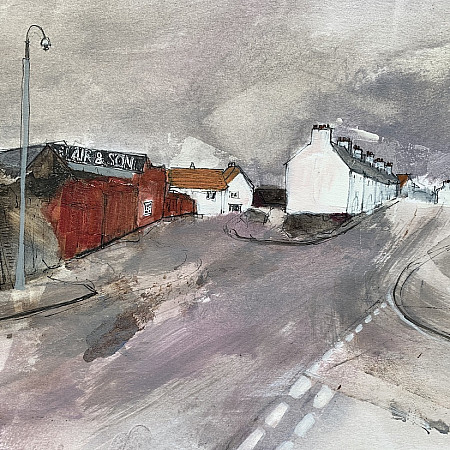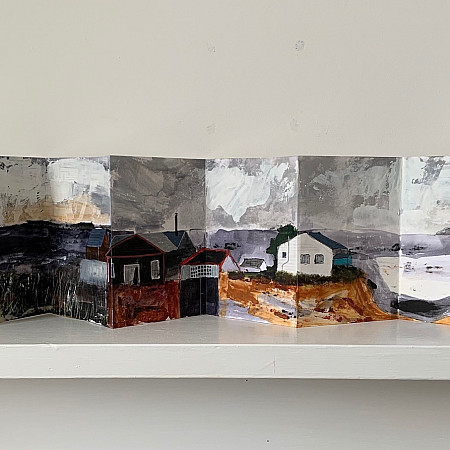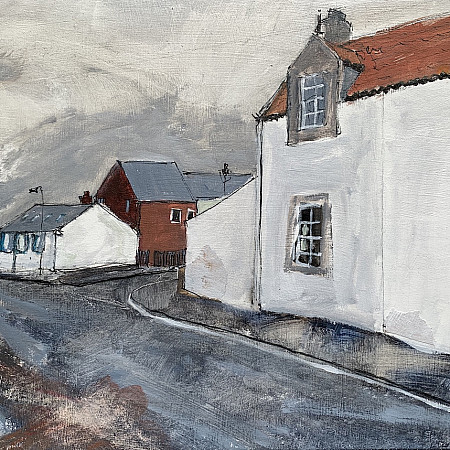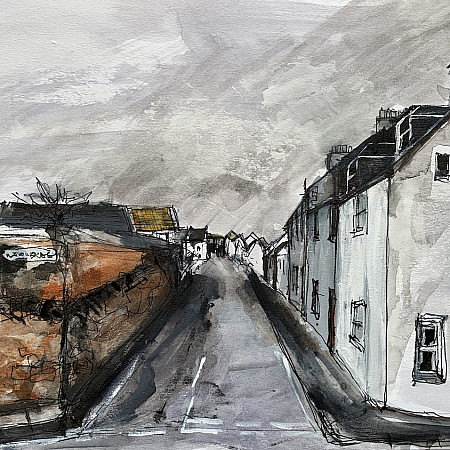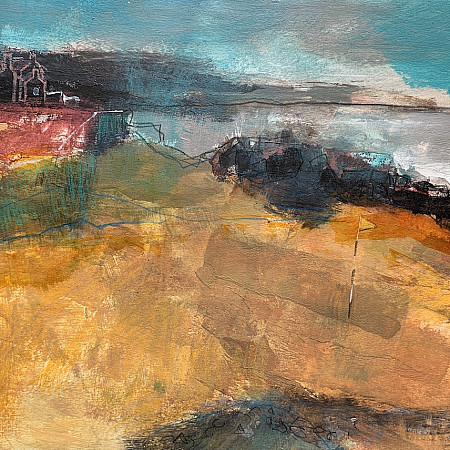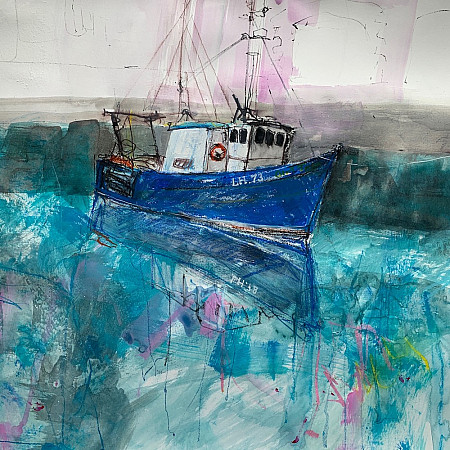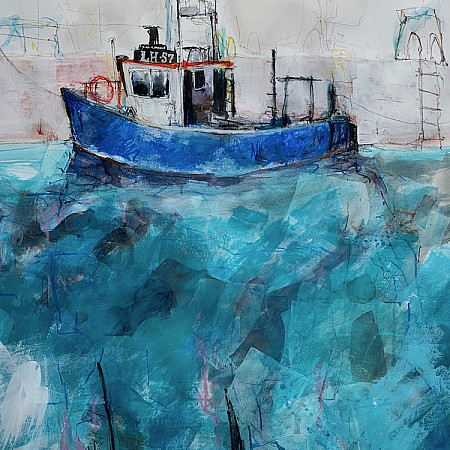Dominique Cameron – Moor & Ann Cowan – Dunbar Sketchbooks
Dominique Cameron – “Moor”
Ann Cowan – “Dunbar Sketchbooks”
22 August to 20 September 2020
Exhibition Opening Arrangements
For everyone’s safety and convenience we have decided to open the Dominique Cameron & Ann Cowan exhibitions by “Appointment Only” on Saturday 22 August from 11-5pm. Following the Saturday Opening, the gallery will revert to being open for walk-ins as usual, with access limited to one person or family group at any one time, from 11-3pm Tuesday to Saturday, 12-3pm Sunday and closed on Mondays.
20 minute slots will be allocated to one person or family group at any one time, on a first come first served basis. This will allow visitors to meet both Ann and Dominique who will both be at the gallery on the Saturday. Hand sanitiser dispensers are dotted around the gallery for your convenience. Face masks should be worn at all times during your visit – disposable face masks are freely available at the door.
Please contact the gallery on 01620 249389 during opening hours or email alan@fidrafineart.co.uk to arrange a slot on the Saturday.
All images are available to view and purchase on the website upon receipt of this invite. We are happy to reserve pieces over the opening weekend to allow you the opportunity to see the work on the wall.
Jan Patience, art journalist and author, has written a short piece covering the artists and their work in this exhibition…
“Isolation is a default position for most artists. As the great Scottish painter, Joan Eardley, once observed: “I think you have to be a bit one-track to be a painter.”
In the early days of 2020, thanks to Covid-19, the world caught up with this one-track focus, a place into which artists routinely drill in order to make work.
As lockdown started to bite, social media filled up with scenes which people had not previously noticed; plants, trees, wildlife, skies, buildings, eerily empty streets and wide-open vistas. With traffic calmed and aeroplanes silenced, our collective antennae started to twitch.
Both Dominique Cameron and Ann Cowan know all about being totally immersed in making their art. Both have strong track records of losing themselves in specific places at a particular moment in time and creating cracking bodies of work.
For their forthcoming joint exhibition with Fidra Fine Art in Gullane, Ann chose to explore the narrow closes, bustling harbour and oddly beautiful industrial spaces she found in the coastal town of Dunbar in East Lothian.
In a bid to pin down the transient emptiness of a vast landscape, Dominique found herself sucked into the drama of the rare bog that is Rannoch Moor in the west Highlands of Scotland.
People are noticeably absent in the two separate bodies of work created by Ann and Dominique as they dug their way into these places.
Both work quickly and often in situ. If the work isn’t completed on the spot, it’s finished not long afterwards in their respective studios. Their mark-making is deft and gestural, capturing, in a mix of different media, the feel of being in the here and now. Atmosphere seeps through paper or canvas.
Ann, who grew up in the Borders, the daughter of an architect and an artist, is always drawn to the structure of a scene. Dunbar’s red sandstone buildings are depicted in fast-drying acrylic paint, while down at Cromwell Harbour, boats float in a sea of turquoise washed ink, scored over by oil pastels. Having known it all her life, she immersed herself in the town prior to lockdown. Now, she knows it now like the back of her hand.
Dominique began with a quest to paint and pin down the emptiness of Rannoch Moor. This dramatic wilderness represents fifty square miles worth of marshy bogland, mountains, big skies and ever-changing weather. Until last year, she’d never visited the moor, but through repeated visits, she has let it seep into her soul.
As she drew and painted, Dominique posted her work on social media for a poet she’d never met to respond to in words. Mark Goodwin’s haiku-like verse now peppers a small book called Moor, which is crammed with images of Dominique’s Rannoch Moor drawings and paintings. Slowly, a portrait of this most mercurial of wildernesses emerges.
Artists like Ann and Dominique recreate more than the geography of a place; be that in a busy town with its weathered buildings or on an eerily deserted moorland with a squall descending from on high. They connect us across time to the stories we tell each other and the feelings which envelop us when we are in the moment. When time stands still. “
